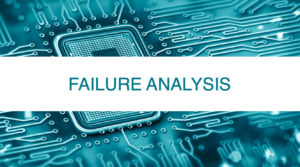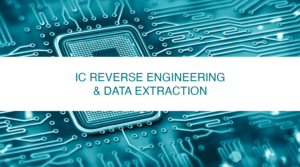Description
I. DIGITAL ELECTRONICS BASICS FOR REVERSE ENGINEERING
I.1. Integrated Circuits
This module provides a structured learning path through the fundamentals of integrated circuits. The key topics covered include:
Integrated Circuits and Packaging
- Role of ICs in systems
- Packaging types
- Chip-level analysis
Physical Chip Access
- Access techniques to IC die
- Smart card approaches
- Package styles
- Safety precautions
IC Architecture
- Core components (core, peripherals, memory)
- Layered structure (interconnect, active)
Transistor Fundamentals
- NMOS/PMOS structure and switching
- Technology nodes
Logic Gate Construction
- Transistor combinations for logic gates
- Resistive load vs. CMOS designs
Layout to Schematic
- Interpreting IC layouts
- Deciphering circuit schematics
Transistor-Level Exploitation
- Hardware-based attack techniques
- Side-channel and fault injection
I.2. Digital Electronics
This module explores the core concepts of digital electronics, progressing from fundamental logic gates to sequential circuits and potential hardware vulnerabilities. The following chapter outlines provide a concise overview of the key topics covered:
Combinatorial Logic Fundamentals
- Introduction to logic gates and their operation
- Truth tables: construction and use in reverse engineering
- Inverter, NAND, NOR gates
- Layout representation
Combinatorial Logic Analysis
- Deriving truth tables from transistor circuits
- Boolean algebra and equations
- Analyzing circuits with multiple transistors
- Simplifying logic expressions
Advanced Combinatorial Logic
- Efficient equation derivation techniques
- Pull-up/pull-down networks
- Series/parallel to AND/OR translation
- Propagation delay
Sequential Logic and Latches
- Need for memory in digital circuits
- Inverter ring and transmission gate
- Latch operation and timing.
Flip-Flops and Registers
- Flip-flop implementation and edge-triggered operation
- Registers
- Register-combinatorial logic architecture
Timing and Clock Glitching
- Critical path
- Clock glitching fault injection
I.3. Memories
This module focuses on memory architectures and analysis within integrated circuits. It covers address decoding, memory types, and techniques for both analyzing and securing memory structures.
Memory Architecture
- Memory block diagram (storage array, decoders)
- Row and column decoder functions
Row Decoder
- Row decoder operation and layout
- Address decoding and word line selection
- Scrambling detection
Column Decoder
- Column decoder as a multiplexer
- Implementation and scrambling
Memory Types
- RAM (SRAM, DRAM) and non-volatile memory (ROM, Flash)
RAM Details
- DRAM and SRAM operation
- SRAM analysis techniques
ROM Details
- ROM architecture and reading
- NAND ROM
Flash Memory
- Flash cell structure and operation
- Charge pump
Flash Analysis
- AFM and SEM for flash memory analysis
Charge Pump and Security
- Charge pump function
- Fault injection




